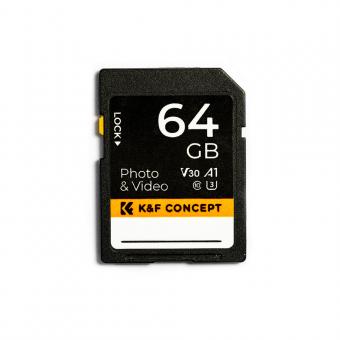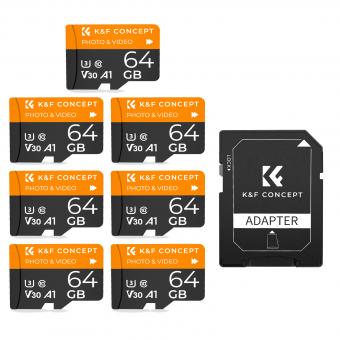Can Memory Be Added To An Ipad ?
No, memory cannot be added to an iPad. The amount of storage on an iPad is determined by the model and cannot be expanded. However, users can free up space on their iPad by deleting unused apps, photos, and other files, or by using cloud storage services such as iCloud or Dropbox to store files remotely. Additionally, users can purchase an external hard drive that is compatible with their iPad and use it to store files.
1、 iPad Memory Limitations
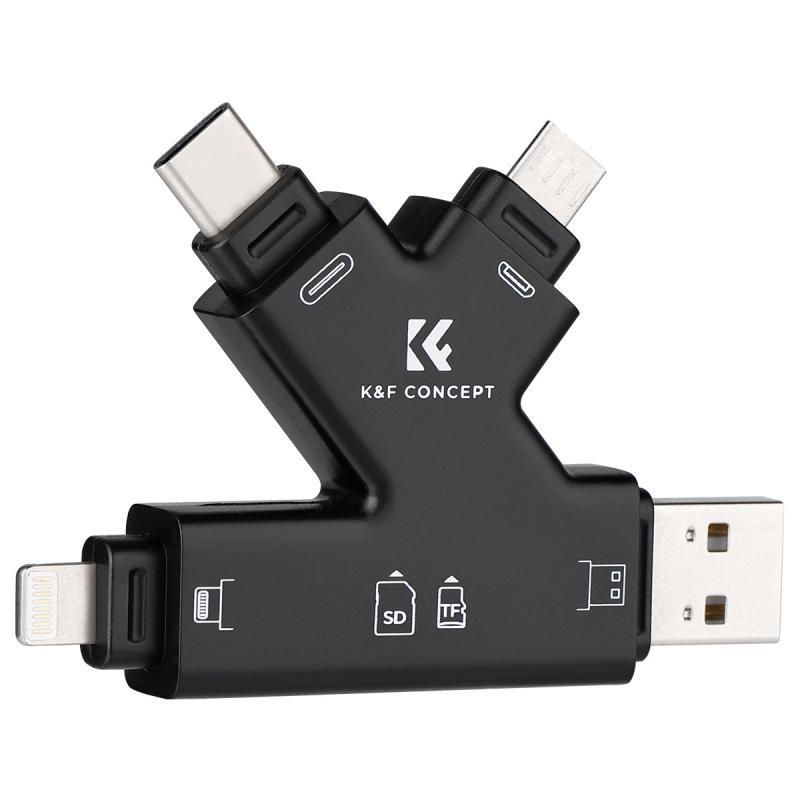
Yes, memory can be added to an iPad, but it depends on the model. Some older models have a fixed amount of memory that cannot be expanded, while newer models have the option to add more memory through external storage devices.
For example, the iPad Pro (2018 and later) models have a USB-C port that allows for external storage devices to be connected, such as a USB flash drive or an external hard drive. This provides users with the ability to expand their storage capacity beyond the built-in memory.
However, it's important to note that not all apps and files can be stored on external storage devices. Some apps require the use of the iPad's built-in memory, and certain files may not be compatible with external storage devices.
Additionally, some older iPad models have a fixed amount of memory that cannot be expanded. For these models, users may need to delete unused apps and files to free up space or consider upgrading to a newer model with more memory.
Overall, while memory limitations on iPads can be a concern for some users, there are options available to expand storage capacity on newer models.
2、 External Storage Options
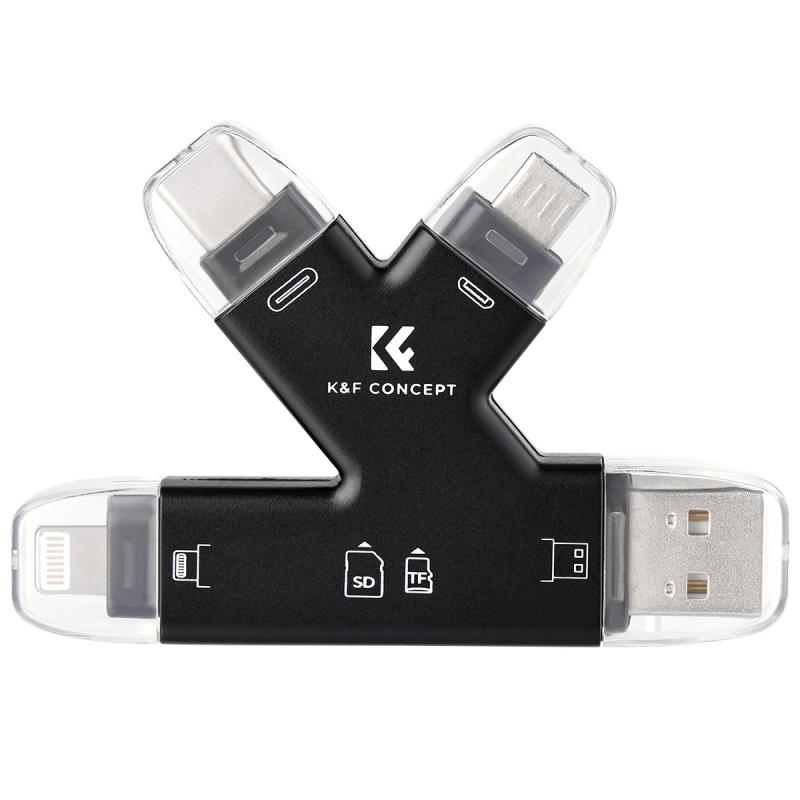
Can memory be added to an iPad? The short answer is no, as Apple does not provide any options for users to upgrade the internal storage of their iPads. However, there are external storage options available that can help expand the storage capacity of an iPad.
One option is to use a wireless external hard drive or a flash drive that can be connected to the iPad via Wi-Fi or Bluetooth. These devices can provide additional storage space for photos, videos, and other files that can be accessed through compatible apps.
Another option is to use cloud storage services such as iCloud, Dropbox, or Google Drive. These services allow users to store their files in the cloud and access them from any device with an internet connection. This can be a convenient option for those who need to access their files on the go and do not want to carry around an external storage device.
It is important to note that while external storage options can help expand the storage capacity of an iPad, they may not be as fast or reliable as internal storage. Additionally, some apps may not be compatible with external storage devices, so it is important to check app compatibility before purchasing an external storage device.
In conclusion, while memory cannot be added to an iPad, there are external storage options available that can help expand the storage capacity of the device. It is important to consider the pros and cons of each option and choose the one that best fits your needs.
3、 Cloud Storage Solutions
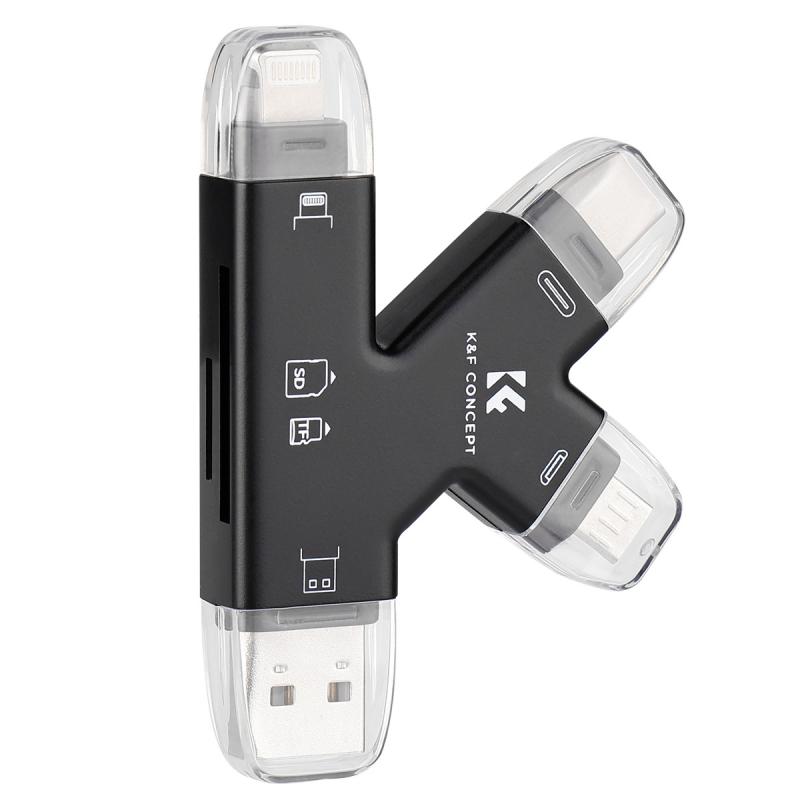
Can memory be added to an iPad? Unfortunately, the answer is no. Unlike some laptops and desktop computers, iPads do not have the option to add additional memory through physical upgrades. The amount of storage space on an iPad is determined by the model and storage capacity chosen at the time of purchase.
However, there are alternative solutions to expand the storage capacity of an iPad. One option is to use cloud storage solutions such as iCloud, Google Drive, or Dropbox. These services allow users to store files, photos, and videos remotely and access them from any device with an internet connection. This can be a convenient and cost-effective way to expand storage capacity without having to purchase a new device.
Another option is to use external storage devices that can be connected to the iPad through the lightning port or wirelessly. These devices can provide additional storage space for files, photos, and videos, and can be a good option for users who need to store large amounts of data.
In conclusion, while memory cannot be physically added to an iPad, there are alternative solutions such as cloud storage and external storage devices that can help expand storage capacity. As technology continues to evolve, it is likely that new solutions will emerge to address the storage needs of iPad users.
4、 iOS Optimization Techniques

Can memory be added to an iPad? Unfortunately, the answer is no. Unlike some laptops and desktop computers, iPads do not have user-upgradable RAM or storage. This means that the amount of memory your iPad has is fixed at the time of purchase and cannot be increased later on.
However, there are some iOS optimization techniques that can help you free up space and improve the performance of your iPad. One of the most effective ways to do this is to regularly delete unused apps and files. You can also use the built-in storage management tools in iOS to identify and remove large or unnecessary files.
Another way to optimize your iPad's performance is to close apps that are running in the background. This can help free up memory and improve battery life. To do this, simply swipe up from the bottom of the screen and swipe left or right to find the app you want to close. Then, swipe up on the app to close it.
In addition, you can also optimize your iPad's settings to improve performance. For example, you can turn off background app refresh, reduce motion, and disable location services for apps that don't need them.
Overall, while you cannot add memory to an iPad, there are still many ways to optimize its performance and free up space. By regularly deleting unused apps and files, closing background apps, and optimizing your settings, you can ensure that your iPad runs smoothly and efficiently.



